
Central Java Province
A Comprehensive Look at Central Java Province
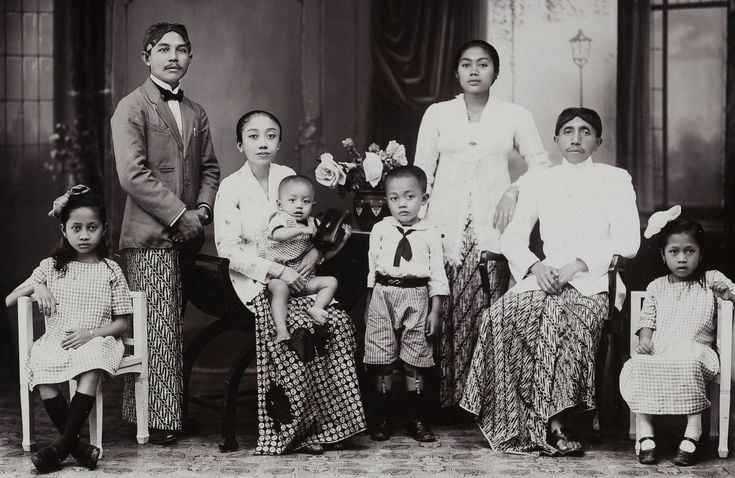

🏛️Capital City and Geographical Conditions
Capital City: Semarang. A major port city on the northern coast, known for its busy commercial activity and its blend of Javanese, Chinese, and colonial architectural influences.
Geographical Conditions: Central Java is defined by its fertile agricultural land and volcanic mountain ranges.
The Volcanic Spine: A chain of active volcanoes runs through the center of the province, including Mount Merapi (one of the world's most active) and Mount Merbabu, providing exceptionally fertile soil for rice and cash crops.
Northern Coast (Pantura): A busy, flat, and densely populated corridor featuring major cities and ports.
Southern Area: Borders the Special Region of Yogyakarta (DIY) and is characterized by low limestone mountains.
Climate: Tropical monsoon climate, with a distinct dry season and wet season.
📜History: Empires, Sultans, and Mataram
Central Java is where much of the classical Javanese history unfolded.
Ancient Kingdoms: The province was the center of early great kingdoms, evidenced by the construction of the monumental Borobudur (Buddhist) and Prambanan (Hindu) temples in the 8th and 9th centuries.
Mataram Sultanate (16th–18th Century): Central Java became the core of the powerful Islamic Mataram Sultanate. The sultanate eventually fragmented into the royal houses of Surakarta (Solo) and Yogyakarta, which still maintain ceremonial authority today.
Colonial Era: The Dutch established control over the coastal areas (Semarang) and later exerted influence over the interior kingdoms, integrating the region into the colonial agricultural economy.
👥Demographics and Customs
Population: Central Java is Indonesia's third most populous province, with approximately 37.5 million people.
Ethnic Groups: The population is overwhelmingly Javanese. The Javanese culture and language are dominant, characterized by strong regional dialects (Ngoko, Krama, and Krama Inggil, reflecting social hierarchy). There is also a significant Chinese Indonesian community, particularly in Semarang.
Customs (Adat): Javanese culture is known for its refinement (alus), adherence to hierarchy, and strong focus on consensus and harmony (rukun). Traditional Adat plays a central role in life cycle ceremonies, from birth and marriage to death.
Philosophy: Key philosophical concepts include tata krama (etiquette) and the pursuit of inner peace and spiritual wisdom.
🎨Culture and Traditional Arts
Javanese culture is among the most elaborate and respected in Southeast Asia.
Batik: Central Java, particularly the cities of Solo (Surakarta) and Pekalongan, is the birthplace and epicenter of classical Javanese batik. Solo's batik is known for its deep, traditional sogan brown dyes, while Pekalongan is famous for its colorful coastal (pesisir) motifs.
Wayang Kulit (Shadow Puppetry): A sophisticated performance art where leather puppets are manipulated by a single master puppeteer (Dalang), telling stories from Hindu epics (Ramayana, Mahabharata). It often lasts all night and is accompanied by the Gamelan orchestra.
Gamelan: The traditional orchestra made up of percussive instruments (gongs, metallophones, drums), creating a complex, meditative sound crucial to cultural life.
Keraton Culture: The royal courts (Keraton) in Solo maintain the highest standards of Javanese arts, language, and tradition.
🍲Distinctive Traditional Cuisine
Central Javanese cuisine is famously characterized by its sweetness, a heavy use of coconut milk, and dishes cooked with gula merah (palm sugar).
Nasi Gandul: A traditional dish from Pati. Rice is served on a banana leaf and generously topped with a savory, slightly sweet beef/offal stew, characterized by its thin, rich broth.
Lumpia Semarang: A spring roll originating from Semarang, known for its savory filling of sautéed bamboo shoots (rebung), dried shrimp, and chicken/prawn. It is served with a sweet, thick, and pungent sauce made from palm sugar and tapioca starch.
Soto Kudus: A lighter, chicken or beef broth soup from Kudus, usually seasoned with garlic and kemiri (candlenut). Unlike other soto variations, it is often served in a small bowl with a spoon, accompanied by side dishes like quail eggs or tempeh.
Selat Solo: True to its name, this dish is a culinary specialty of Central Java originating from Solo (Surakarta). It features a mix of vegetables such as green beans, carrots, and potatoes, topped with sliced meat roulade (or minced beef patty) and green peas. The entire dish is then generously coated with a savory, slightly sweet, reddish-orange sauce.
🗺️Famous Tourist Attractions
Central Java is a historical and natural treasure trove.
Borobudur Temple: The largest Buddhist monument in the world, located near Magelang, known for its massive scale and intricate relief panels illustrating the path to enlightenment (a UNESCO World Heritage Site).
Prambanan Temple: The largest Hindu temple complex in Indonesia, known for its tall, pointed architecture dedicated to the Trimurti (Brahma, Vishnu, and Shiva) (a UNESCO World Heritage Site).
Dieng Plateau: A dramatic highland region featuring ancient Hindu temples, active craters, volcanic lakes, and stunning cool scenery.
Lawang Sewu (Thousand Doors): A massive, architecturally significant former Dutch colonial railway headquarters in Semarang, famous for its numerous arches and historical significance.
Karimunjawa Islands: An archipelago off the northern coast, known for its marine national park, pristine beaches, and clear waters suitable for diving and snorkeling.
✈️Transportation Infrastructure
Central Java possesses a highly integrated transport network connecting its dense population centers.
Airports (Bandar Udara):
Ahmad Yani International Airport (SRG): Located in Semarang, serving domestic routes and some regional international flights.
Adi Soemarmo International Airport (SOC): Located near Solo (Surakarta), serving domestic routes and a key airport for Hajj/Umrah pilgrimages.
Railroad (Stasiun Kereta Api):
Central Java is crisscrossed by a dense and efficient railway network. Semarang Tawang Station and Solo Balapan Station are major hubs.
The railway system is essential for both inter-city travel (connecting Jakarta, Bandung, and Surabaya) and for transporting commodities like sugar and fertilizers.
The KRL Commuterline provides local connectivity between Solo and Yogyakarta.
Port (Pelabuhan):
Tanjung Emas Port: Located in Semarang, this is the main and busiest port on Central Java's northern coast, handling container cargo, passenger ferries, and large volumes of trade.
Central Java is truly the enduring soul of Indonesia. It is a province where the quiet reverence of the Wayang Kulit tradition coexists with the energy of a modern economic hub, and where the gentle, sweet flavors of Gudeg reflect the alus (refined) nature of its people. From the monumental spiritual majesty of Borobudur to the ever-present shadow of Mount Merapi, Central Java invites you on a journey into the heart of Javanese civilization, a heritage rich, vast, and eternally compelling.
👑Central Java Province (Jawa Tengah): The Cradle of Javanese Civilization
Central Java is the historical and cultural heartland of the Javanese people, holding the deepest roots of their language, traditions, and ancient kingdoms. The province is famous for its rich history spanning from magnificent ancient temples to powerful Islamic sultanates, all set against a landscape of fertile plains and volcanic mountains.
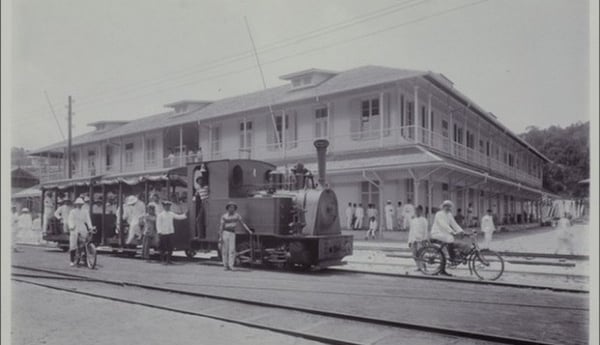

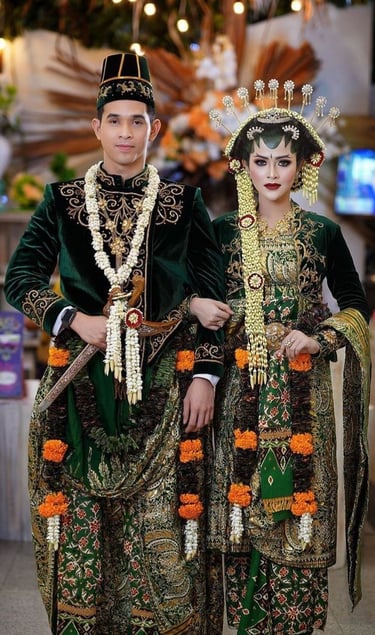



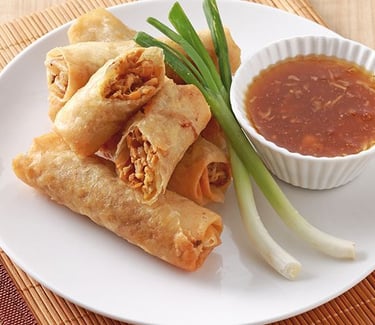

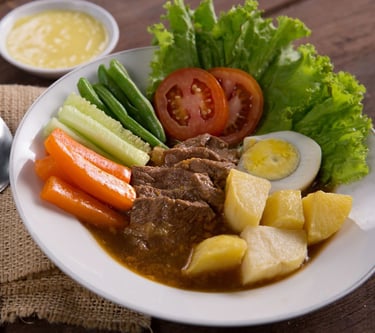

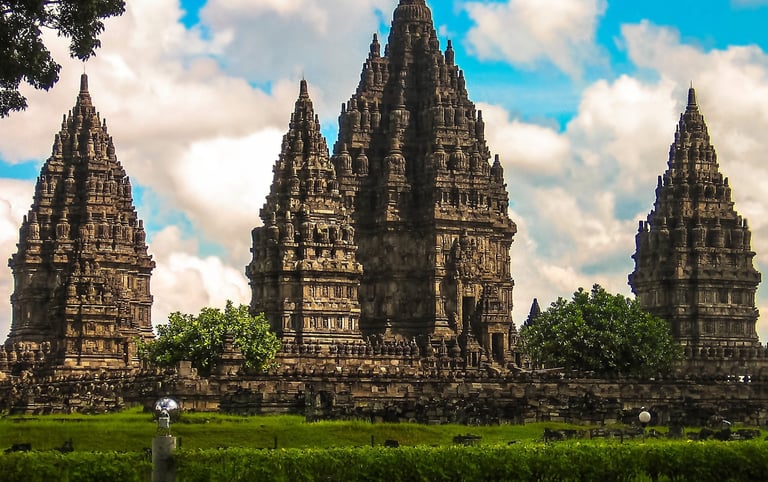

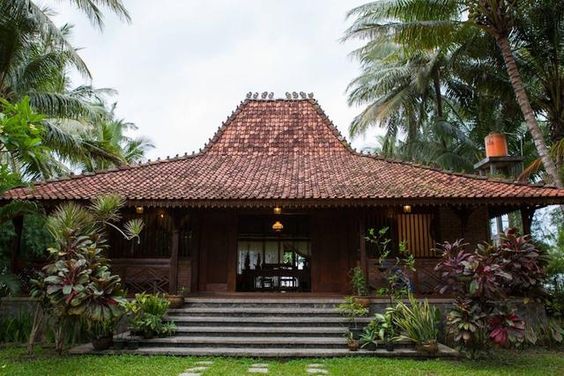

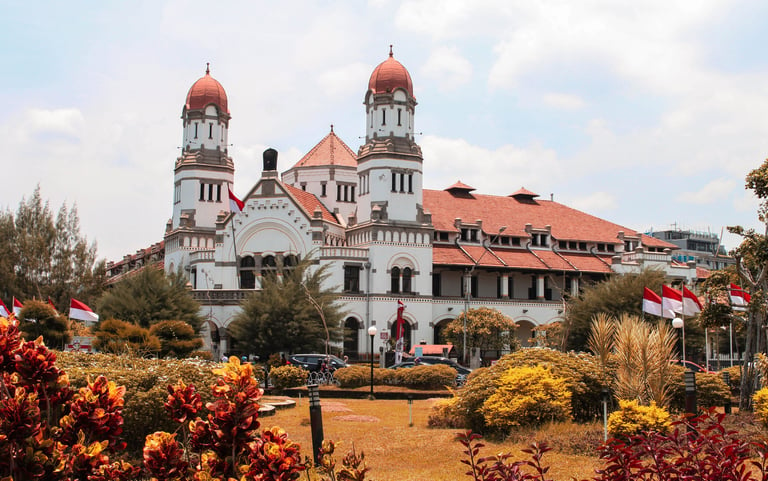


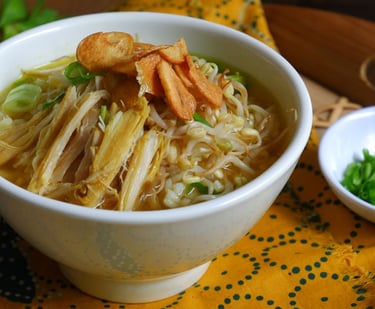




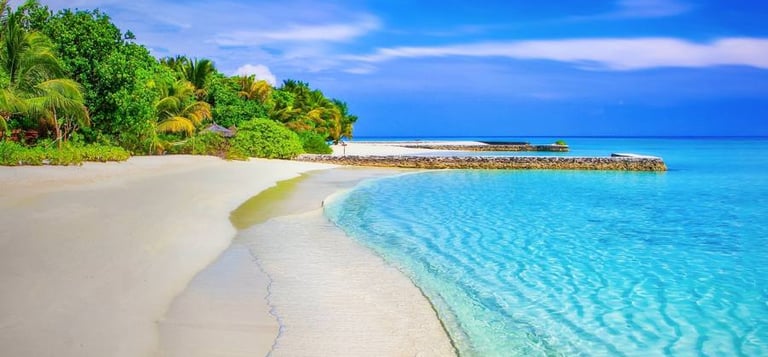

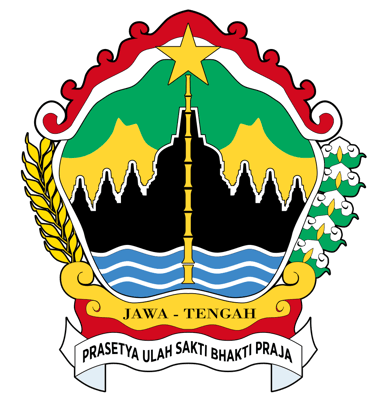

Follow us to explore Indonesia with expert travel guidance
©PT.Sinar Pesona Travelindo 2025. All rights reserved.
